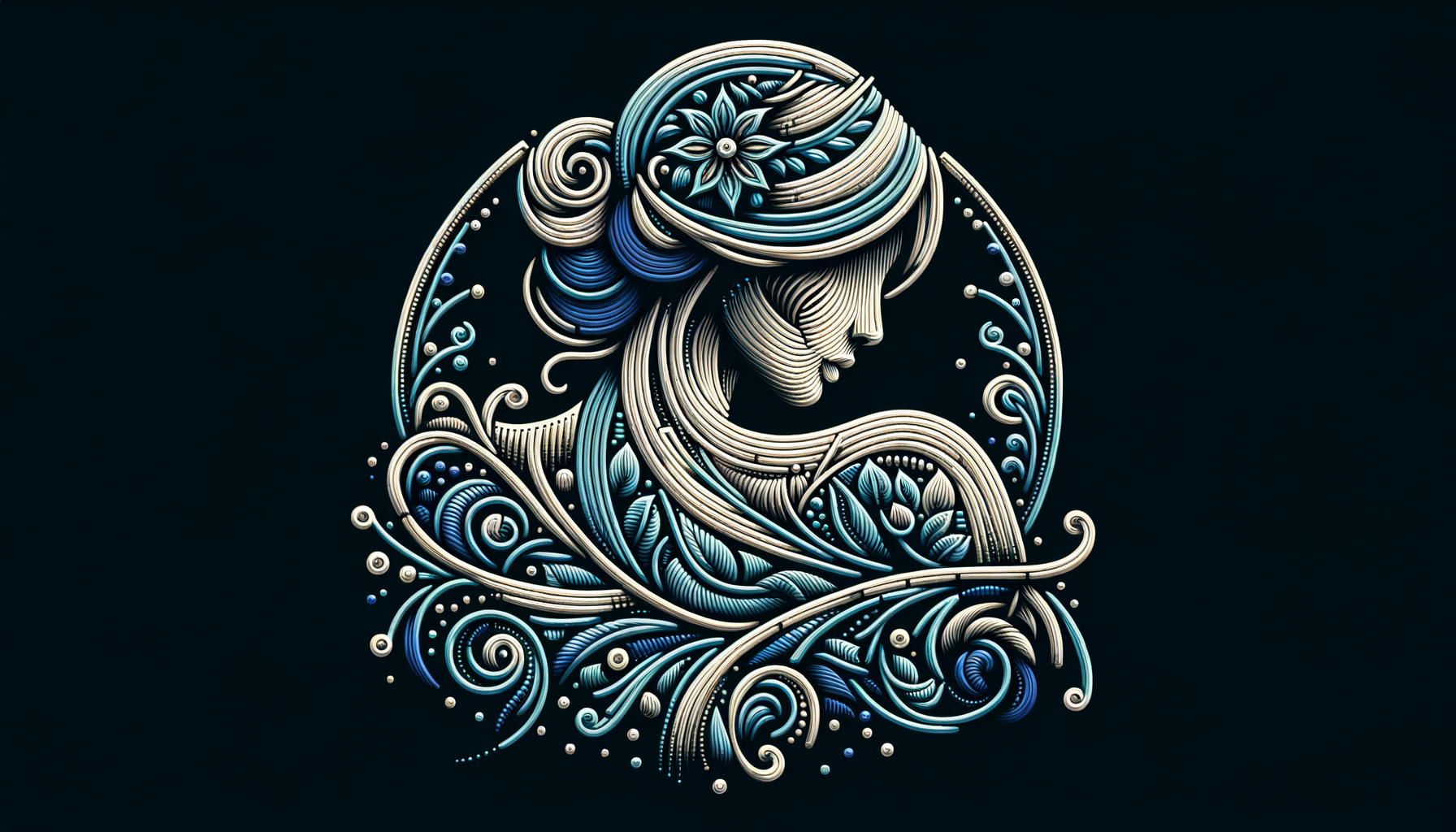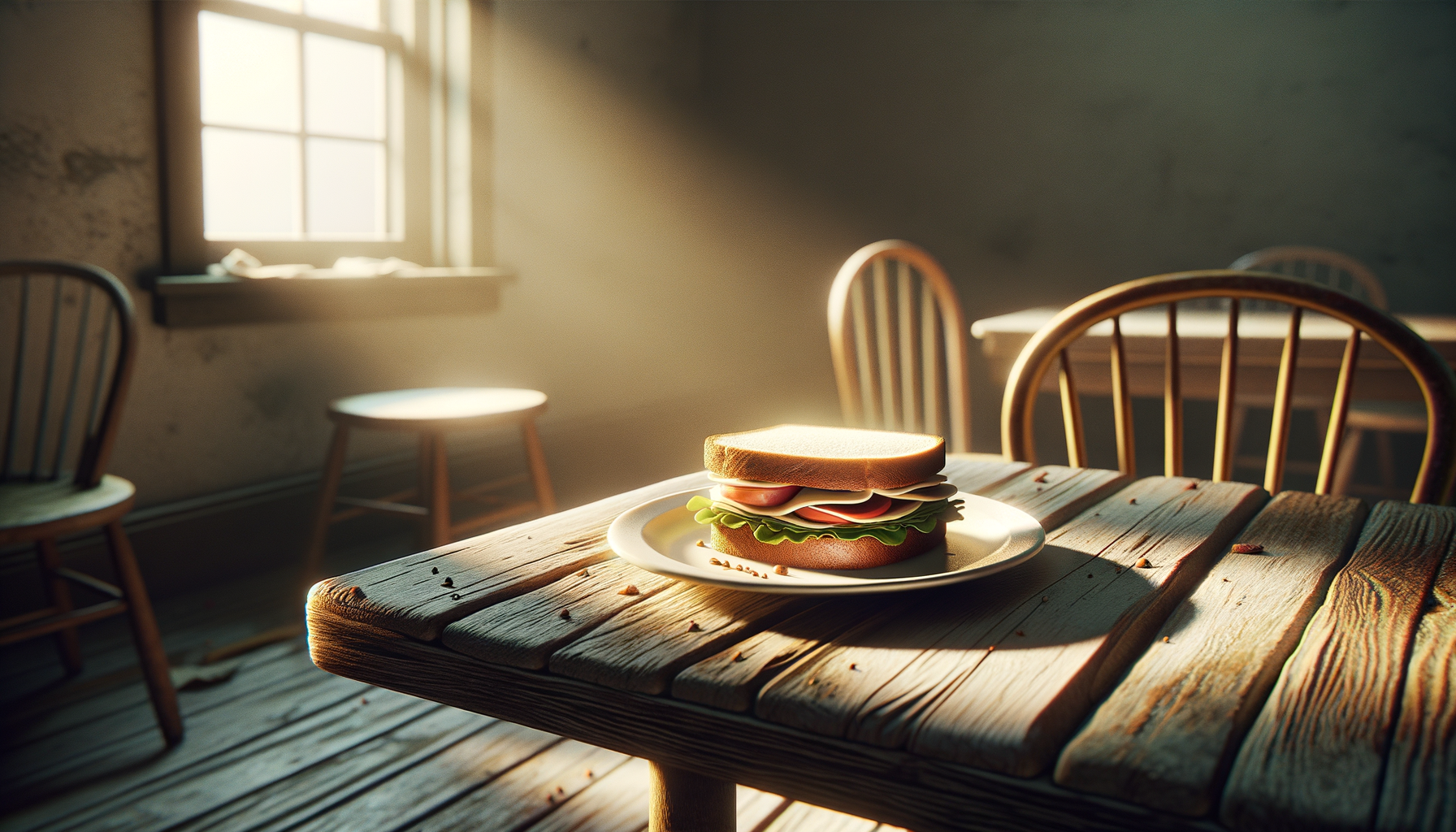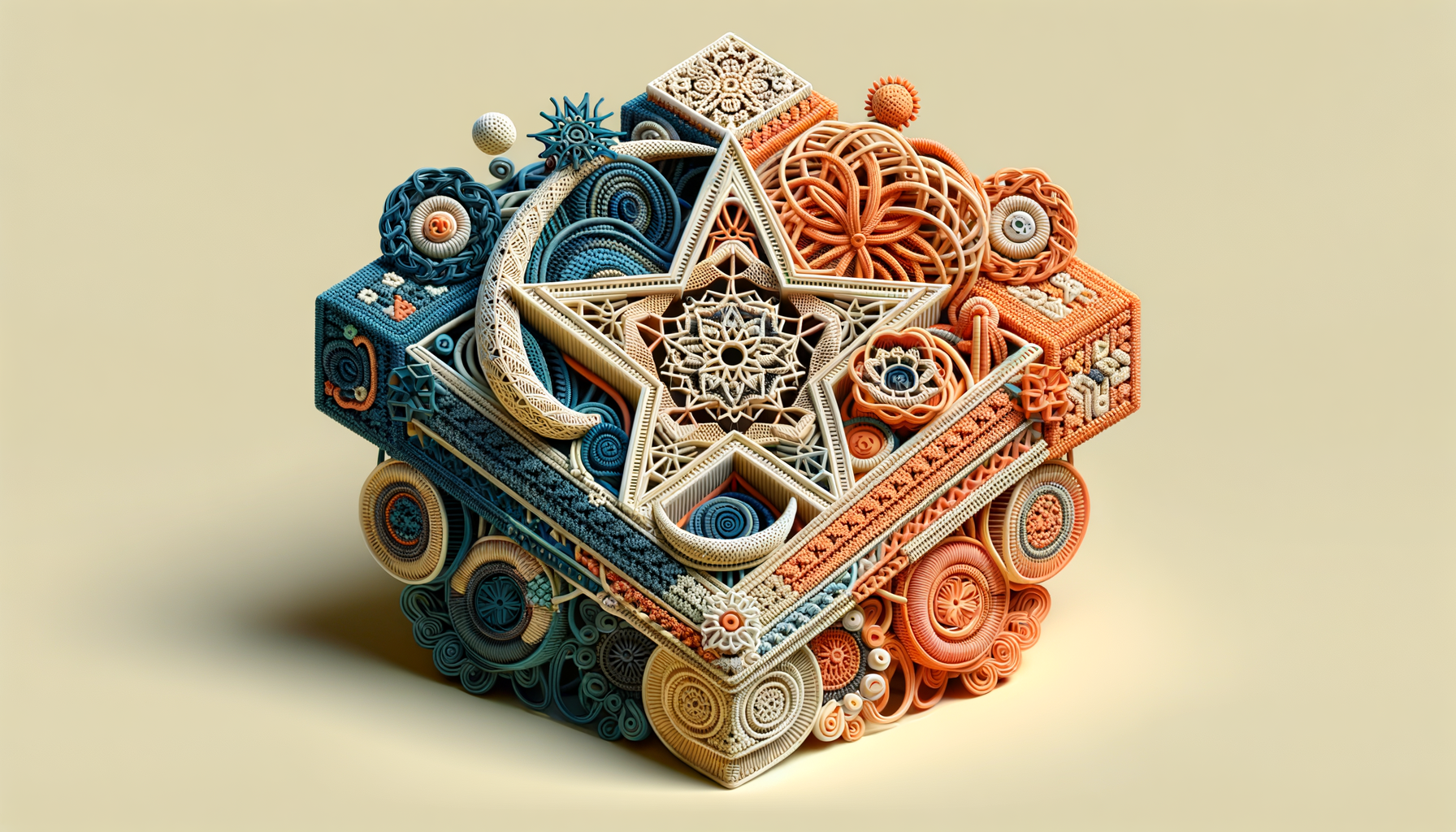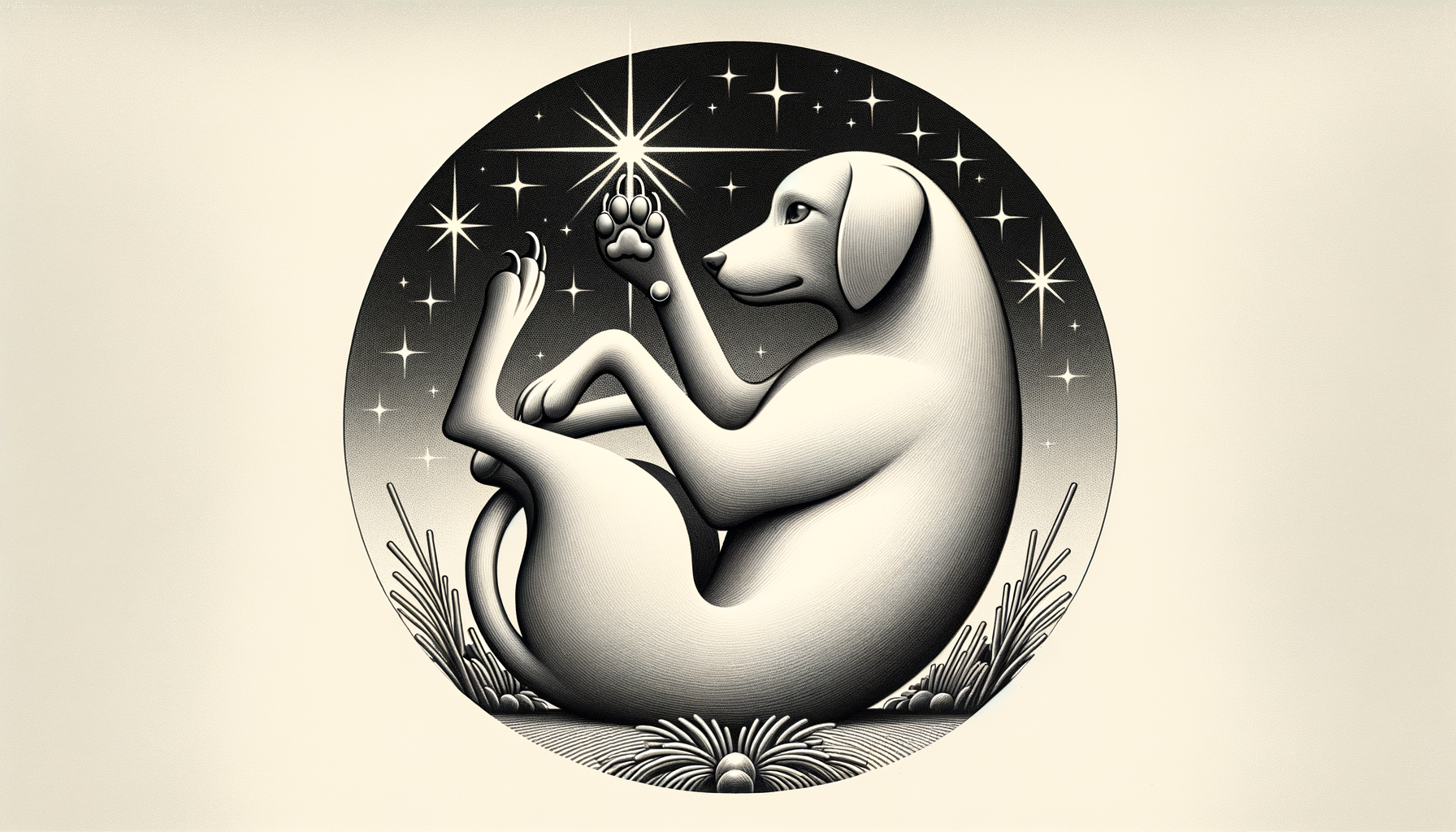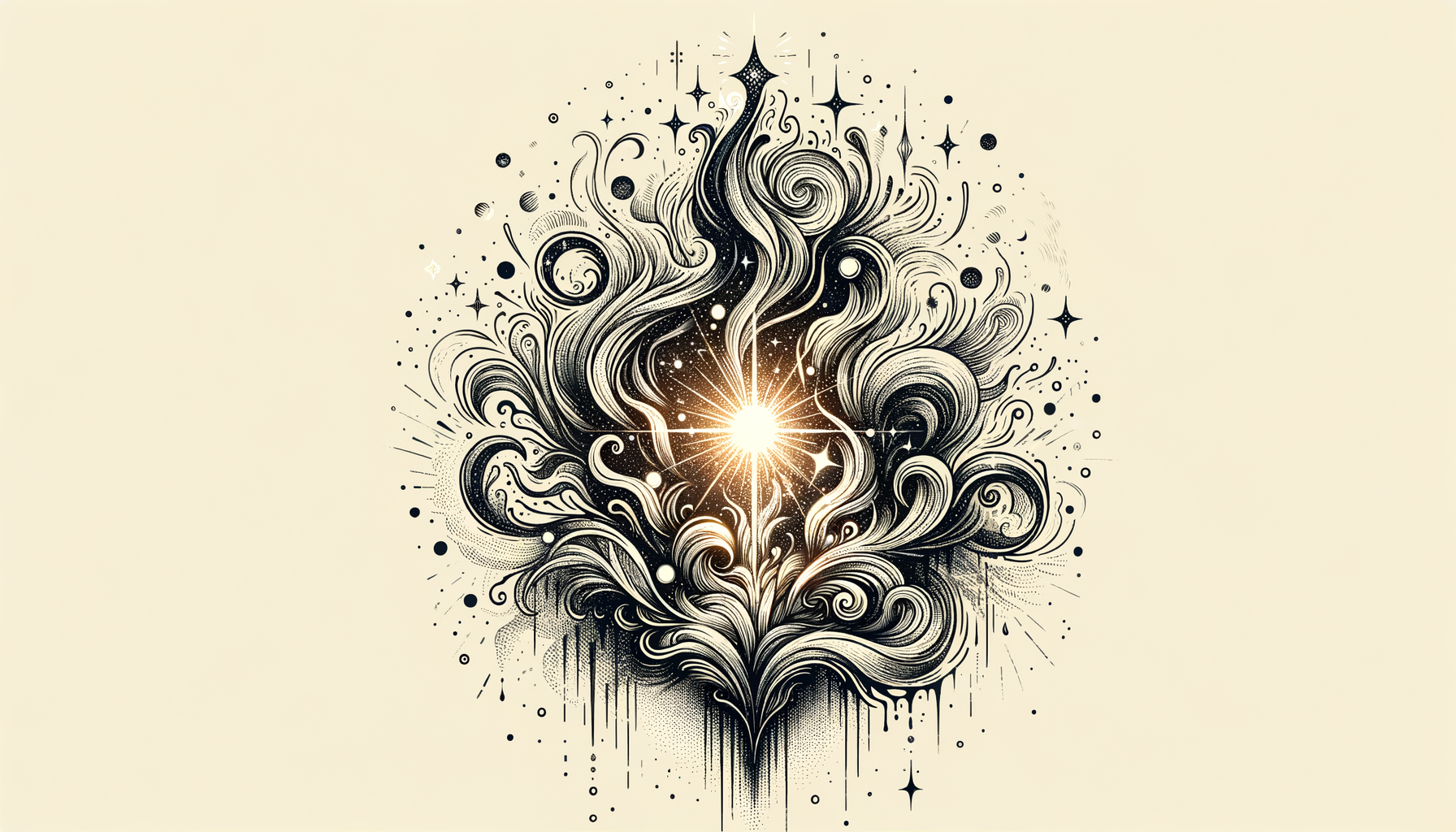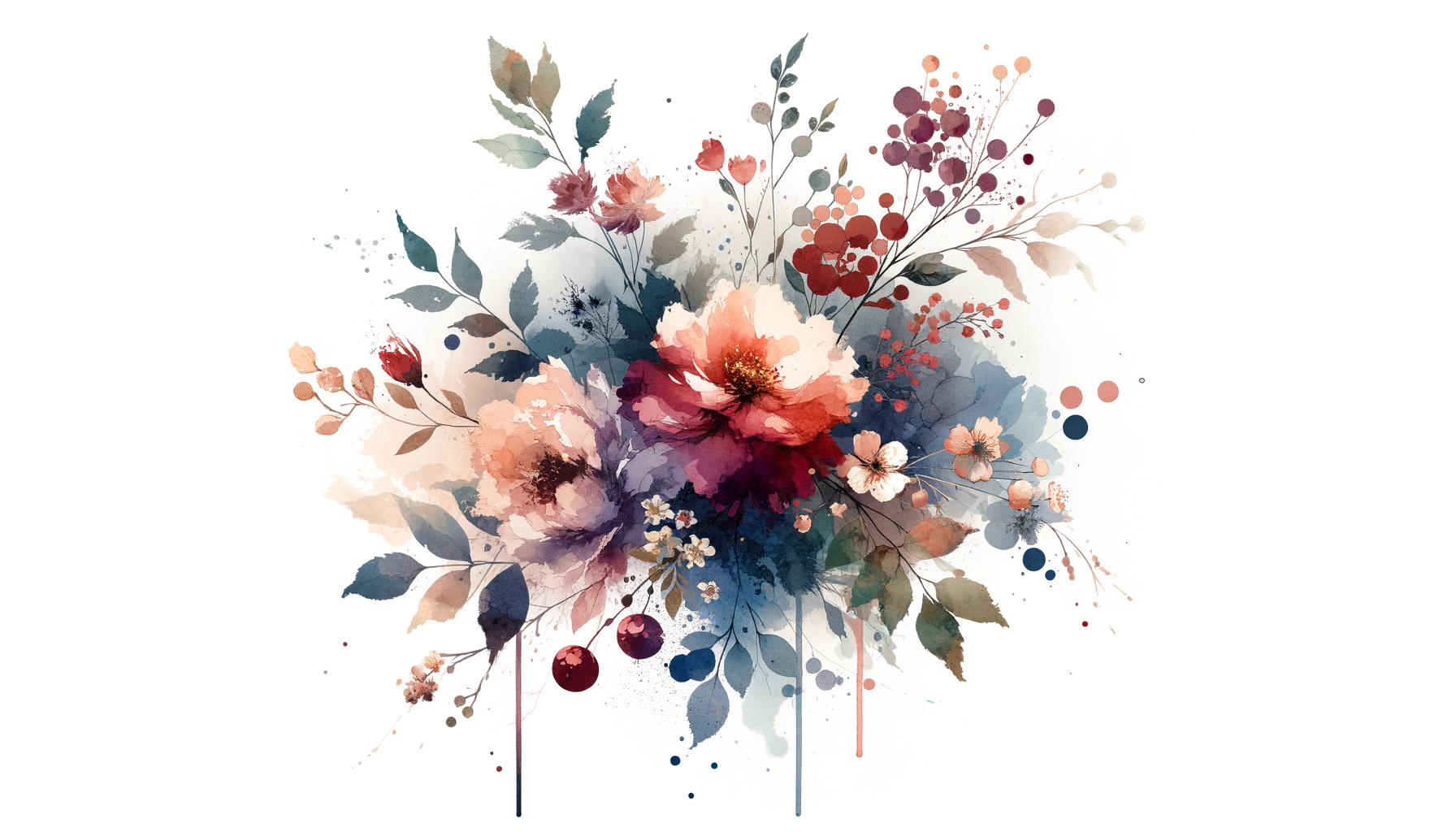The Scar That Tells a Story
There’s a scar on my left knee the size of an oyster shell. It’s been there since I was eight, when I tumbled off my pink bicycle in pursuit of red-headed Todd Walker, who, for the record, barely glanced back as I went flying into the azalea bushes. Todd moved away a year later, but the scar stayed—a permanent reminder of a fleeting crush and a lesson in choosing boys worth chasing. I affectionately call it my “Todd tuition.”
Scars—whether stitched into our skin or etched into our hearts—are storytellers. They’re as much a part of us as the memories they represent, shaped by moments of courage, calamity, or (let’s be honest) questionable decision-making. And when it comes to relationships, not all scars are physical. Emotional scars can linger long after the broken bones have mended, reminding us who we were, who we loved, and what we learned along the way.
But here’s the thing: scars don’t just tell stories—they shape them. Like the wrought iron gates of old Savannah homes, they add character in unexpected places. So, whether you’re dealing with heartbreak or a brush with life’s brutality, let’s explore how to embrace those marks that make us human, flawed, and fantastically resilient.
The Literal Scars: When Love Gets a Little Too Physical
Let’s start with the ones that go through TSA metal detectors. Maybe you have a scar from that time you cut “I love you” into a tree and immediately regretted not bringing work gloves. Or the one you earned cooking a romantic dinner for someone who clearly didn’t deserve it (did they at least compliment the risotto?).
My personal favorite? A lopsided crescent-shaped scar on my wrist—it’s from attempting to waltz barefoot across old hardwood floors with my first college boyfriend, ignoring every splinter warning from my Savannah upbringing. It was all lovely and poetic until I slipped, splintered, and bled on his thrifted rug.
Here’s the rub with physical scars: they’re often proof you tried something daring, committed, and maybe foolish. They say, “I took a chance.” And while hindsight might suggest better footwear or investing in LED candles instead of real ones, you can’t regret the courage it took to dive headfirst (or in my case, footfirst) into those moments.
The Emotional Scars: Band-Aids Don’t Always Cut It
Unlike physical scars, emotional ones don’t come with a predictable healing timeline—or the option of a cute Band-Aid to distract from them. You don’t wake up six weeks post-breakup, peel off imaginary gauze, and declare, “Ah, good as new!”
For me, the first cut was high school love: an oblivious pianist who never noticed the hours I spent crafting mixtapes to impress him. (Spoiler: He married someone who doesn’t even like Debussy.) Then there was the guy I met during grad school in Athens. We bonded over Faulkner, fell apart over my allergy to his cat, and left that relationship limping but wiser.
Like an old splinter wound, these scars throb occasionally when I catch a stray scent or song. But they’ve also taught me a lot about resilience. Emotional scars whisper, “You’ve been here before. You survived. And you’ll do it again.”
So, how do you handle these metaphorical battle wounds? Start by letting yourself grieve fully—no matter how silly or small the source may seem. Cry into the wine glass. Send regrettable texts you’ll regret until next Tuesday. Then, slowly, pull yourself together.
Scars as Stories: Why They Matter
Scars are messy and imperfect, but they’re also the good stuff—the meat of our personal narratives. They tell the world, “I’ve lived.” They mark us as real, raw, un-Photoshopped humans who aren’t afraid to love.
Think about it: What’s Harry Potter without his lightning bolt, or Simba without the literal claw marks of family betrayal? Even Barbie scratched up her fancy high heels in “life after Ken.” Scars give our stories weight, proof of the chapters where we were brave enough to risk the proverbial sky splitting open.
Sometimes, we feel pressure to conceal our scars, both literal and emotional. I get it—dating, especially, can evoke a polished veneer: perfectly curated photos, witty one-liners, and no ugly baggage allowed. But vulnerability is more enduring than perfection. Sharing your scars is sharing your truth, and trust me, it’s far more attractive than pretending you’re unblemished.
A Survival Guide for Scarred Hearts (And Knees)
Instead of hiding your scars, embrace them. They aren’t failures—they’re growth landmarks, proof of lessons learned the hard way. While there’s no universal ointment for healing—trust me, I checked CVS—here are a few tried-and-true methods:
- Find the Humor: My scarred knee has been amusing party fodder for years (“Todd Walker? Who knew a third-grader could cause such damage?”). Humor is a salve no Neosporin can compete with.
- Reframe the Memory: Instead of focusing on how you were hurt, remember why you cared enough to risk the injury in the first place. The scar isn’t the whole story—it’s just a punctuation mark.
- Open Up: Whether it’s sharing your emotional history with a new partner or relaying your bike crash saga over beers, vulnerability leads to connection.
- Celebrate Your Resilience: Every scar is proof you’ve braved things harder than anyone anticipated. Whether you were chasing love, dreams, or just a boy named Todd, you didn’t quit.
From Flaw to Familiar
Scars, literal and metaphorical, remind us to tread carefully, but not so cautiously that we stop living. For every graze of heartbreak, there’s a moment of undeniable joy that makes it worth the tumble.
So, before you slap another metaphorical Band-Aid on an old wound, ask yourself: What if I wore my scars proudly instead? They’re not the embarrassing reminders we often think they are. They’re trophies, talismans of survival, and (frankly) great conversation starters.
Love—like learning to ride a bike or trusting someone new—can hurt, but it also brings us closer to finding the people who will embrace every trace of our story. Including the scars.



